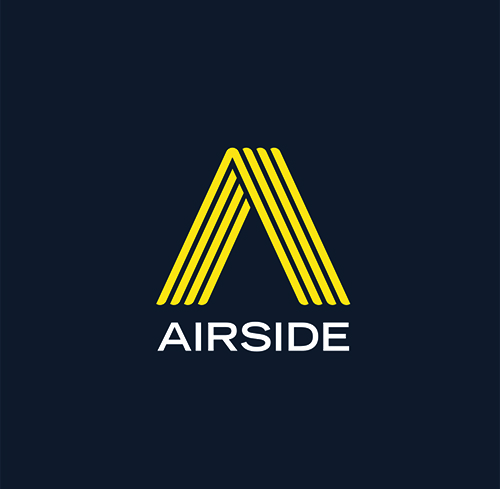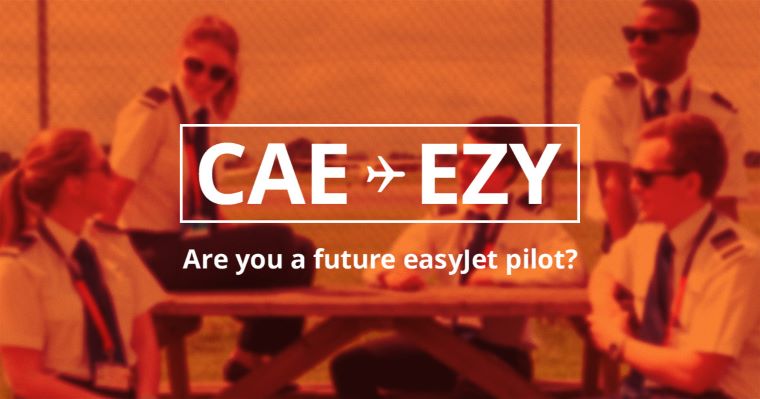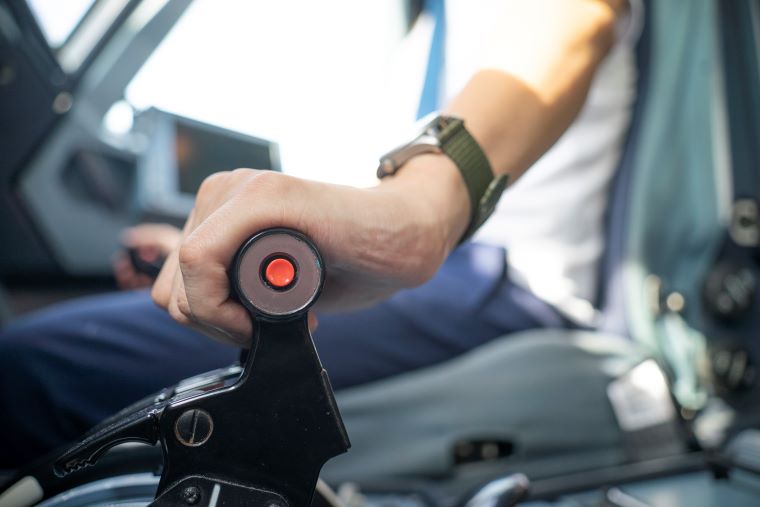Pilots who “bond” with airlines

Most pilots start their careers on small aircraft and work their way up to larger aircraft, and a higher rank, over time. When airlines hire pilots, they often need to send the new hires to receive training and become type rated on a particular aircraft. While some training is provided by the airline, there are situations where the cost of training is so high, that an airline will look to bond pilots who want to take the next step in their pilot career. With bonds, pilots receive training to add to their skillset and the airline has some security on its investment in that pilot.
Bonds for non-type rated applications
To protect themselves financially and reduce their exposure during the training process and the first few years of a pilot’s career, many airlines use bonds for new non-type rated pilot hires. This legal agreement is simple and works like this: the operator pays for the newly hired pilot’s flight training and requires in consideration that the pilot agrees to a term of employment usually within a formal employment agreement. If the pilot resigns before the end of the term agreed in the employment agreement, the pilot must repay the cost of the flight training on a pro-rata basis set in the agreement.
Airlines usually apply a bond when they are accepting non-type rated applications. For example, Airbus A320 pilots applying for a pilot job on the Boeing 767. Applying the bond reduces the risk of an airline conducting an OCC course for Airbus A320 pilots transitioning to the Boeing 767 and then having the pilots leave or resign as soon as they have the Boeing 767 type rating.
Types of airline training bonds
-
Bank Guarantee Deposit
This method is typically used for pilots who have a lot of flying experience. In a bank guarantee deposit scenario, pilots are expected to deposit an amount usually between 5,000 – 10,000 USD. This amount is fully refunded by the airline with any interest included after a certain time period. This is usually a three-year period and at the end of that period, there is often no liability to the pilot for the training received.
-
Salary Deduction
Airlines usually offer non-type rated candidates the opportunity to complete the type rating through their TRTO. Pilots who choose this option agree to co-finance the training and sign what is typically a three to five years training bond agreement. Sometimes airlines will also request type rated applicants with zero or low hours on type to deposit an amount usually between 3,000 – 6,000 USD for their base/line training. More often than not, this amount is deducted from the pilot’s salary over two to three-year period.
-
No Bond
Believe it or not, some carriers offer pilots the chance to join their airline and fly a new aircraft type without any bond.
Upgrade your aviation qualifications, but read the dotted line
Airline training, type ratings and upgrade training are very costly and many pilots may not be able to afford these on their own. Training bonds enable you to receive aviation training without monetary cost providing you commit to work for your airline for a set period of time. Whatever path you choose, remember that bonds are a contractual arrangement and should not be entered into without some serious thought because being liable for breach of contract could jeopardize your aviation career. And you don’t want that to happen!
welcome aboard the new airside
We took our community to the next level with an elevated look, innovative features, and new tools.



